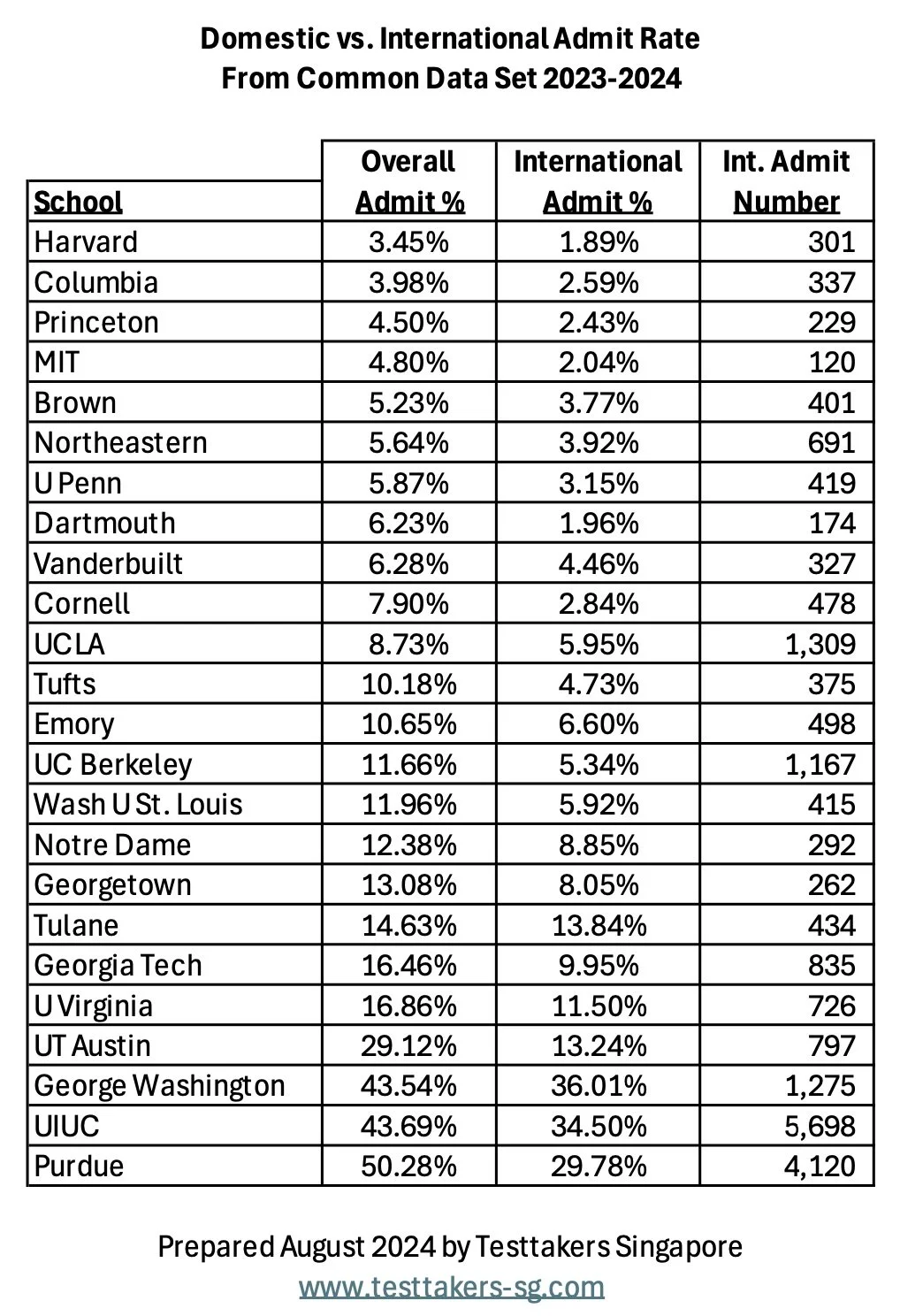There has been a bit of a media explosion in America of late with articles about the unprepared state of the university student. Here we try to unpack things a bit.
Grade inflation has been a growing pestilence that has its roots in university professors increasing the grades of young men in the 1960s to keep them out of South East Asia. This accelerated over Covid as schools chose not to admit the fact that kids didn't learn much of anything over that period and have profound gaps in all academic domains.
Now, grades don't mean much of anything. As this important report from UC San Diego reveals, enrolment in the most remedial of math classes has skyrocketed even as students enter university with straight As. So there are really a number of things coming together:
1. A long-term trend of grade inflation and with many grades based on "effort" rather than actual mastery. Score a B? You can re-test or write a supplemental essay to make that into an A... Teachers who give lots of Bs and Cs don't get good reviews, and might be out a job.
2. Covid accelerated this trend and has resulted in high school graduates with straight As who can't read properly or solve 3x + 5 = 17. AP test scoring has been "recalibrated" to ensure that kids continue to take them as they are the source of over half of College Board's US$1 billion revenue. (Kudos to the IBO that raised standards back to pre-Covid levels.)
3. Smartphone usage has proliferated, and laptop use is ubiquitous, which have reduced attention span in additional to any number of other negative externalities.
Now... Enter the AI. This is the first year of university students who have had ready access to a form of AI since their first year, and the early reports are dire.
Despite the noble efforts to detect and deter flagrant AI cheating (this is our favorite) a majority of university students now use AI in one form or another daily. While AI will be part of our lives, using it to complete the bulk of university assignments brings in to question the very point of attending university. Doing so is like going to the gym, and paying a robot to lift weights for you. Students are increasingly more interested in networking and getting the right summer internship than in actually reading anything, perhaps because they are keenly aware that AI will be taking away many entry-level consulting and finance jobs...
Universities are slowly addressing the reality and blue book exam booklet sales are booming as there is a movement back to hand-written assessments. We don't have a solution for any of this beyond a call to get technology entirely out of the classroom and a return to requiring the reading David Hume and Karl Marx - not likely. Sweden had taken the lead in embracing all manner of technology but now is very quickly running back to spiral notebooks. Hopefully more will follow. The alternative is a bleak "post literate society".
(Rant over.) (No AI was used in writing this.)
Please refer to the our blog for more information as well as our LinkedIn feed for more updates from the surprisingly active world of testing and admissions.



